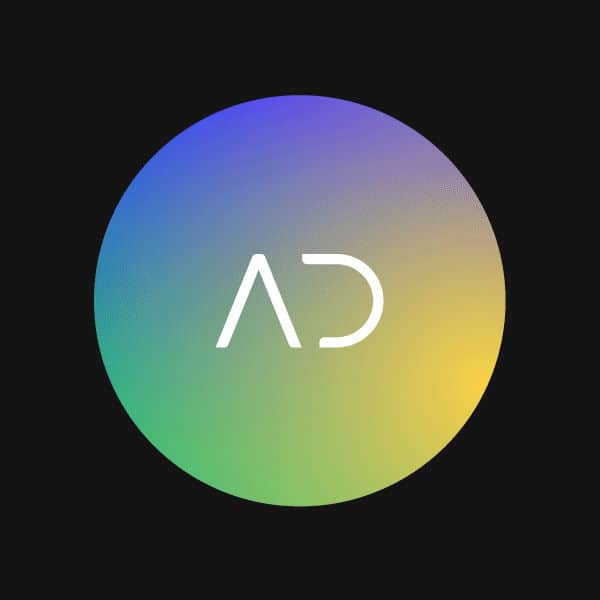Advery Ad formats
The user arrives at our jump page or landing page and, the moment they click the ‘Back’ button in their browser, the page refreshes and they see your offer. Users may click the ‘Back’ button multiple times.
The user gets to our jump page through a quiz, then they click ‘Continue’ to go to the landing page. Your offer opens in the second tab.
User subscribes to push notifications, and then push notifications are sent to their device even if they are not browsing the internet. Web pushes are available only for Android OS.
A native push message is displayed directly on the website, there’s no need for the user to subscribe. Unlike Push Notifications, it’s available on any device and OS type, even iOS!
It is a web application that can be ‘installed’ on the device. PWA is added to a user’s launcher, allowing it to be run like any other installed app.
User sees a message from a bot, they send a reply message, the bot replies and proposes to visit your offer page.
Classic display banners in many sizes: 300x100, 300x250 etc.
A native mobile dialog window which emulates the operating system shell. If a user taps on ‘OK’, your offer opens in the new tab.
Overlaying the page with contextually relevant ads. A smooth transition from the side of the page is gentle on user experience and the unit can easily be dismissed.
This is a pop-up with a 300x250 banner, which appears when a tab becomes inactive. You can see this on the desktop by clicking the mouse outside the screen. This pop-up can appear on any page of the jump. The offer opens in the background tab.
This is a new tab that appears under the previous page. This type of traffic directs the user right to the landing page with the offer.
An email is sent to the end user which contains a call to action (advertisers link) that directs the user to the advertiser’s landing page or sign up form. We have 2 options: email traffic with passing and without passing.
This is a text icon with a specific call to action. It looks like a menu icon.
